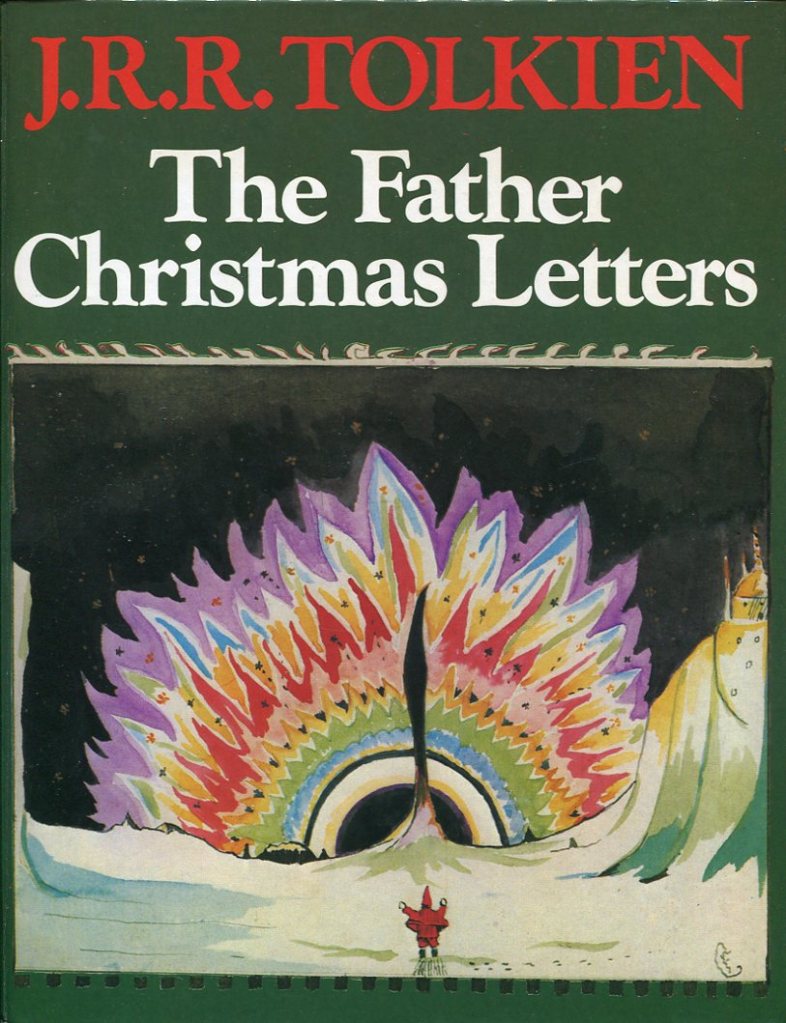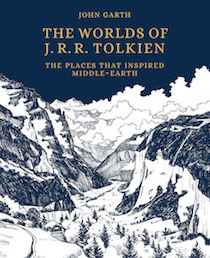Goblin caves at the North Pole! The Father Christmas letters penned by Tolkien tell us some surprising things about the Arctic. They borrow penguins from Antarctica and feature a polar bear who can speak, write and draw. The North Pole is an actual pole and there’s no sign whatsoever of an ocean under all that ice.
Writing these letters to his children gave Tolkien licence to be wildly counterfactual. This was an old desire that also gave his more serious legendarium a flat earth, an earthly paradise and trees that bore the sun and moon.

But in these gossipy, funny, episodic mini-tales he could freely indulge in absurd unrealities – and freely borrow too – without needing to worry about inner consistencies. If he wanted names for North Polar Bear’s nephews, he could make them Finnish (Paksu and Valkotukka, ‘Fat’ and ‘White-hair’). If he wanted a language for Father Christmas’s elf-secretary, he could just borrow it from Middle-earth Quenya (Mára mesta an ni véla tye ento, ‘Good-bye until I see you next’).
I’ve always been interested in Tolkien’s gift for invention, and it seems appropriate to talk about it now at the time of giving and in the context of the Father Christmas letters.
Several enduring aspects of his inventiveness have become clearer to me over the years. Among them is the urge simply to entertain: dressing up as a berserker, falling downstairs, and many other japes – besides writing, of course. Another is the opportunistic grabbing of ideas, to be used immediately or stored up for later. I was delighted when, researching The Worlds of J.R.R. Tolkien, I realised that he used a 1947 Icelandic eruption as grist for the climactic Mount Doom scenes in The Lord of the Rings.
So here’s a possible trigger for one of the longest and most interesting letters from Father Christmas – the 1932 one, in which North Polar Bear (NPB) discovers secret goblin caves at the North Pole.
Continue reading for free via my Steady crowdfunding project…



